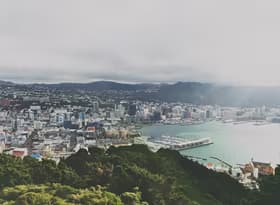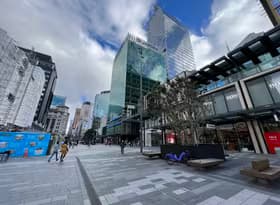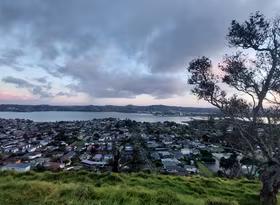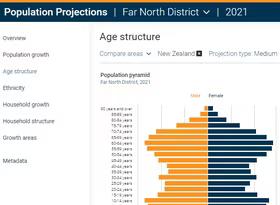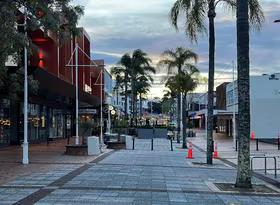Articles
We are excited to launch an expansion of our Quarterly Economic Monitor (QEM) to provide a broader perspective on the prosperity of New Zealand’s communities. In this article, we introduce and explore the 13 new indicators which reflect economic, labour, social, and housing outcomes at a local level. Read
The public sector is a significant employer in New Zealand, and it’s well known that these jobs are concentrated in Wellington. But how significant is the public sector as an employer around the country, and what components of the public sector drive this? Read
Infometrics has recently added a new section to our Regional Economic Profile which explores the Pacific Peoples population and their role in regional labour markets. This article outlines the growing significance of New Zealand’s Pacific Peoples population in the context of broader demographic shifts. Read
Last week Stats NZ published the latest subnational population estimates – an exciting time for those of us with a regional demographic focus. In theory, these annual population estimates should be boring – population should follow a fairly stable and predictable trend. However, our economic and demographic environment continues to be anything but boring. This article explores how New Zealand’s population growth has changed over the past year, before diving into the surprises of the subnational population estimates. Read
The population of New Zealand’s cities and towns are constantly changing in response to shifting age structures, fluctuations in net migration, the economic prospects of key industries, and intangible attractiveness. This article explores New Zealand’s larger towns and cities and looks at how they are projected to change. Read
Fonterra recently announced a sharp cut to its forecast dairy payout, at the same time as dairy farmers face high costs. Our chart of the month highlights that the dairy payout is forecast to fall beneath operating expenses for the average farm, and also takes a broader view highlighting the volatility of the dairy payout and how we are evolving past peak cow. Read
The tech sector is often touted as the next big thing for regional economies, representing a huge opportunity to grow our productivity. The ‘weightless’ nature of tech presents a great opportunity to overcome the tyranny of distance, both within New Zealand and for exporting overseas. Unfortunately for economists, it represents something of a slippery fish, with standard industry and occupation classification systems at times struggling to classify and monitor such a dynamic and evolving sector. Read
New population projections from Infometrics suggest that national population growth will slow, and that this trend will be reflected across most regions, which will require even more focus on planning properly for the future. Read
Stats NZ released their latest subnational population estimates on Tuesday, providing us with our annual glimpse into regional population dynamics. In this article, we outline the key trends at a national level, and explore a few of the more interesting regional results. Read
The two drivers for population growth - natural increase and net migration - are changing. Here, we explore the implications of short and long term demographic trends on population growth around the regions over the next ten years. Read

